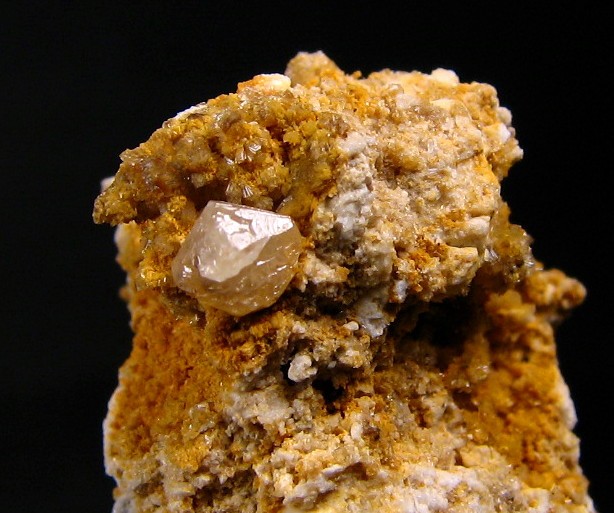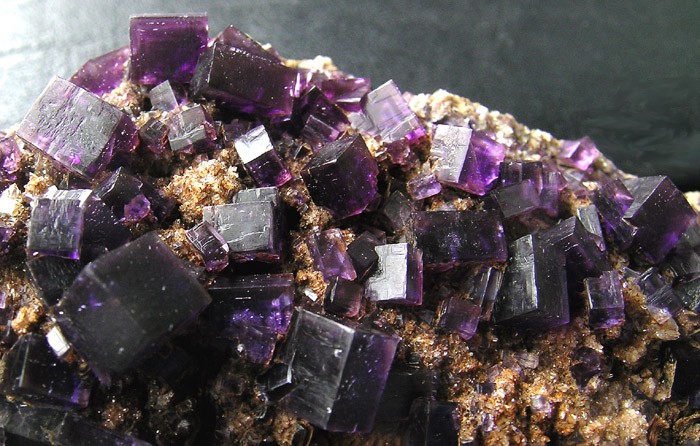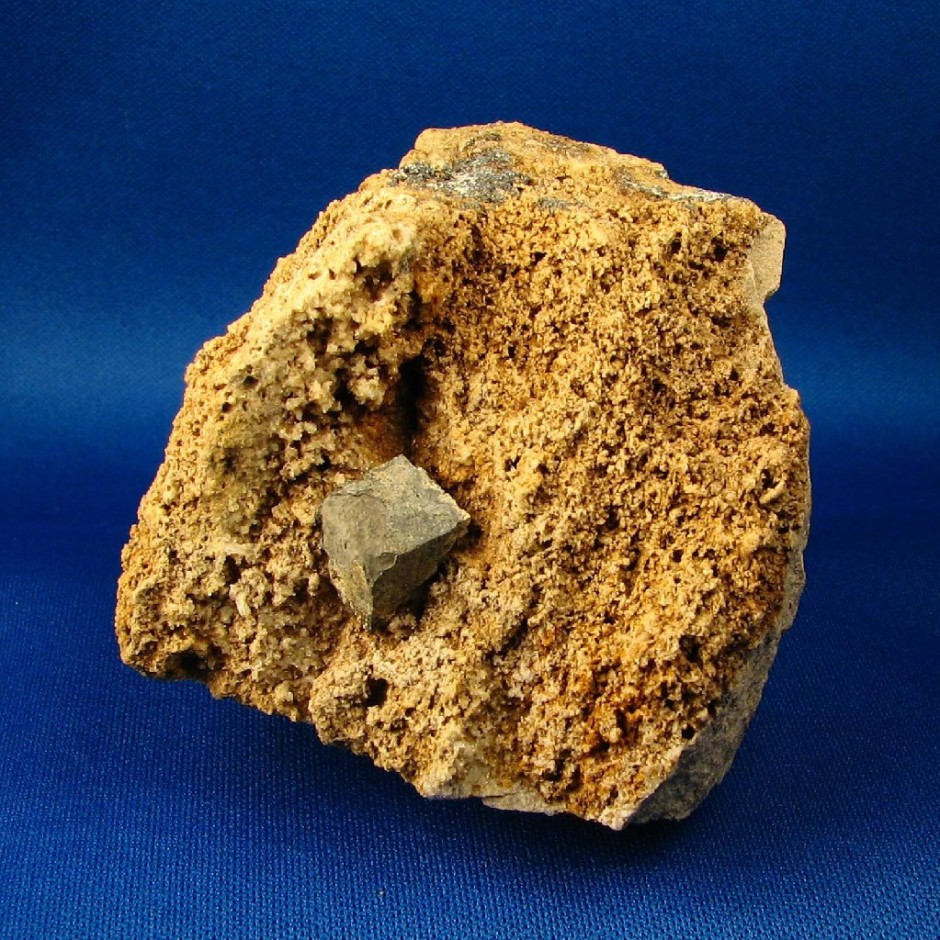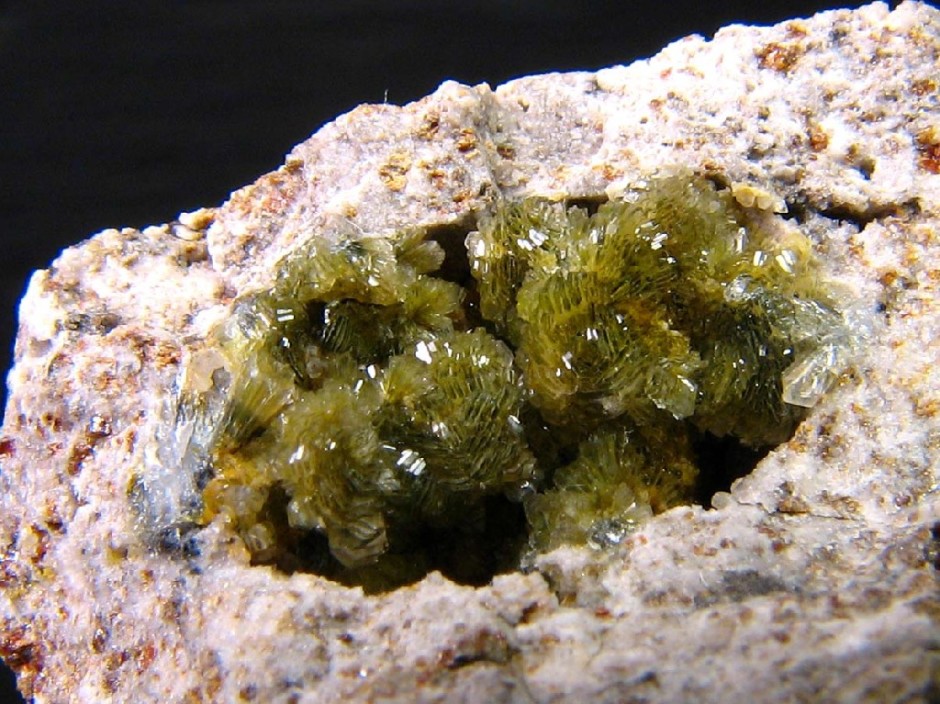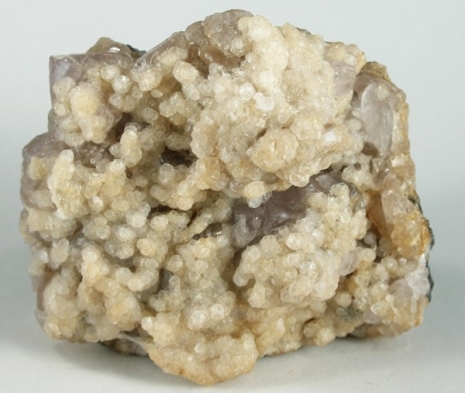Field Trip: Fluorite and Secondary Lead-Zinc Minerals from Marion, Kentucky
Site Description:
The Illinois-Kentucky Fluorspar district is world famous for the enormous quantity of huge, gorgeously crystalline purple and yellow fluorite that originated from the now defunct mines near Cave-In-Rock Illinois. Just take a look at the amazing samples on eBay to get an idea of the current prices and selections. Many collectors do not know that despite the closure of the by far most significant fluorite localities in the region, there are still places in the area to find gorgeous fluorite. While many of these localities are abandoned mines that require deep underground exploration to retrieve specimens, the mines in Marion, Kentucky have specimen rich dumps that are easily worked by hand from the surface. While aesthetic material is plentiful, many of the workings are quite muddy and messy to dig in. It is important to keep in mind that while many gorgeous specimens can be had with minimal digging, specimens of similar quality to those seen in the nearby Ben E. Clement Museum, which features local minerals, are hard to find.
Perhaps the best central location to access all the mines in the region from is the Ben E. Clement mineral museum (http://www.clementmineralmuseum.org/). In the museum, they have many of the finest American fluorite specimens on display. Many are from the collection of the museum’s namesake- a giant in the local fluorite mining industry. It is amazing to see the near infinite color variation that fluorite possesses, especially the great diversity within the region. The museum has scheduled digs for fluorite and other kinds of minerals beginning late April through October. In addition to daytime digs, night digs for fluorescent specimens are held too. The museum can also arrange custom digs. Regardless, pre-registration is required.
Difficulty Level: Moderate
Supplies Needed:
Safety Goggles
Water
Sunscreen
Insect Repellant
Hand Lens
Crack Hammer
Chisel
Shovel
Wrapping Paper for Specimens
Bucket
Sledgehammer (optional)
UV Light (optional)
The Ben E. Clement Mineral Museum
205 N Walker St., Marion, KY 42064
(270)965-4263
Mineralogy:
The following is a list and brief description of common minerals found at the Marion area mines.
Calcite: A common gangue mineral. Rarely forms crystals good enough to keep. Often fluoresces red.
Cerussite: Very nice cerussite crystals come from the Marion mines and they are often overlooked. Forms colorless to smoky gray highly lustrous crystals associated with galena and hemimorphite. They either occur singly or are twinned and reach about 1cm in size. Crystals have diverse habits.
Image: http://www.mindat.org/photo-207070.html Caption: Cerussite- Hickory Cane Mine, Marion, KY 17x13mm Steve Bonney Specimen and Photo
Fluorite: The most sought after mineral at the Marion mines. Found in sharp purple cubic crystals with a maximum diameter of about 3cm. Very easy to identify- the only purple colored mineral at any of the local mines. Found as micro to large cabinet sized specimens. The Marion area is world famous for fluorite.
Image: http://www.mindat.org/photo-76574.html Caption: Fluorite- Eureka Mine, Marion, KY Crystals to 7.5mm Peter Cristofono Specimen and Photo
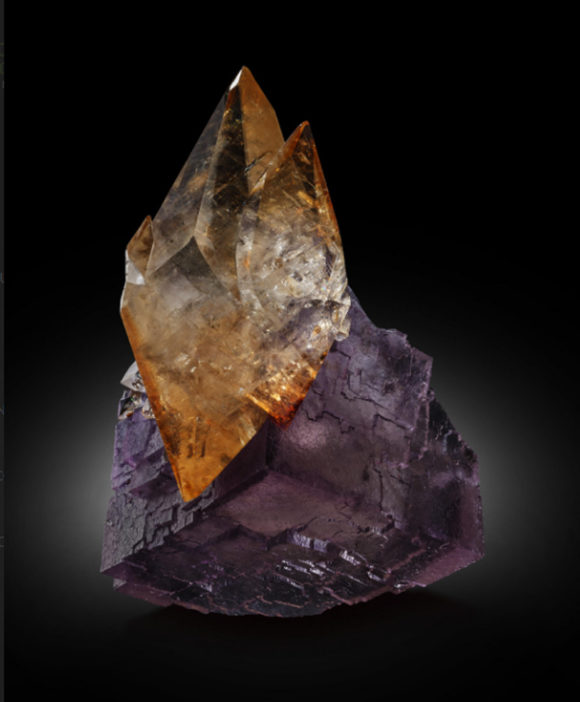
Calcite and Fluorite specimens like this were mined right here in America by miners who wanted to save these beautiful crystals from the rock crusher. Just a few miles away, in Illinois, in the Cave in Rocks District – click here to see more amazing minerals
Galena: Small cubes of galena to around 1.5cm can be found. Often they are weathered.
Image: http://www.mindat.org/photo-226066.html Caption: Columbia Mine, Marion KY 6x7cm Steve Bonney specimen and photo.
Greenockite: Rare naturally occurring cadmium sulfide that occurs as ochre colored powder with sulfide minerals, especially weathered sphalerite. Sometimes colors smithsonite yellow.
Hemimorphite: Hemimorphite forms druses of colorless to yellowish crystals in vugs and on weathering zinc minerals. Can cover areas to several cm with glittering crystals. Common, but often overlooked.
Image: http://www.mindat.org/photo-172178.html Caption: Hickory Cane Mine, Marion, KY 1.7cm FOV Steve Bonney specimen and photo.
Hydrozincite: Powdery white secondary zinc mineral. Fluoresces blue under SW UV light.
Quartz: Typically occurs as small drusy or isolated crystals to 4mm. Some are smoky.
Smithsonite: Ususally forms thick, liberal coatings of colorless to tannish botryoidal material. Some specimens are crystalline and some are yellow colored due to the presence of greenockite inclusions. Cabinet specimens are known.
Photo: http://www.mindat.org/photo-305765.html Caption: Marion, KY 7.5 x 6.5 x 5.8cm Rob Lavinsky photo
Sphalerite: Small aesthetic crystals of sphalerite to about 3mm are abundant. They are typically very lustrous and orange-brown in color.
By Jeremy Zolan
